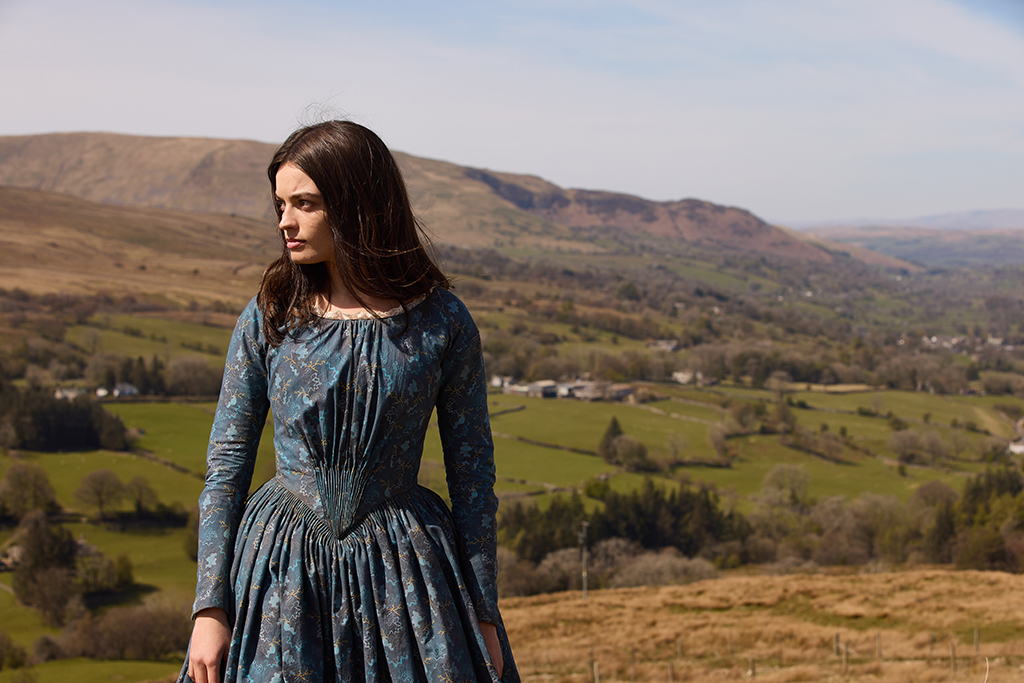Emily Brontë: The most mysterious of the Brontë sisters
Henrietta Easton takes a closer look at the most mysterious of the Brontë sisters, Emily Brontë, and discusses whether Emily the recent film about her life, was a fair depiction of the famed author
The most mysterious member of the Brontë family, Emily Brontë died on 19 December 1848 at the young age of 30, leaving just one novel, Wuthering Heights, and a collection of poetry as her legacy.
Yet, she is still recognised as one of the world’s greatest writers, and her only novel is one of the best love stories ever written. But, despite dramatisations of her life suggesting otherwise, and the passion she writes of so beautifully in Wuthering Heights, there is no real evidence that she was ever in love.
Emily is the Brontë sister we know the least about. Though a handful of her diary pages survive, these almost solely depict what daily life was like at home for the Brontë family, rather than an emotional delve into her character. Most of our knowledge comes from letters written by Emily’s older sister Charlotte, best known for her novel Jane Eyre.
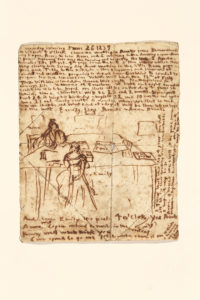
sketch showing her and Anne at the dining room table. Credit: The Brontë Parsonage Museum/Simon Warner.
Early life was not easy for Emily. The second youngest of six siblings, she was born on 30 July 1818 in the village of Thornton, on the outskirts of Bradford in West Yorkshire. After her younger sister Anne was born, the family moved to the village of Haworth where their father Patrick was employed as a perpetual curate. When Emily was only three, she lost her mother Maria to cancer. She and her older sisters were sent to a school for daughters of the clergy, where they suffered abuse.
When typhoid swept the school, the girls were sent home, but Emily’s two older sisters Maria and Elizabeth died shortly afterwards. It is believed that Charlotte used her experience at the school as the basis for Lowood School in Jane Eyre. Losing three older female members of her family at such a young age must have been unbelievably hard for Emily. Perhaps her renowned reservedness and often prickly, complex, and even violet nature, stemmed from this difficult period in her life.
Emily and her sisters Anne and Charlotte then joined their brother Branwell in his education at home. Despite the lack of formal education, Emily and her sisters would have had access to a wide range of published material and had lessons in Latin and the classics.
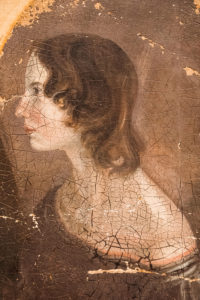
Above all, they loved writing stories. When Branwell received a box of toy soldiers as a gift they would make up stories and fantasy lands about the soldiers, often inspired by the wild Yorkshire moorland that surrounded their village. Together they developed a ‘writing collective’ encouraging each other to produce poetry and fiction.
Emily’s singular novel, Wuthering Heights, was published under the male pseudonym Ellis Bell in 1847. Although there were other female authors being published at the time, the Brontë sisters used pseudonyms because the subjects of their novels were somewhat controversial and far-too ‘unfeminine’ for prudish Victorian readers.
It’s clear almost as soon as you start reading Wuthering Heights that it was written by someone who was unconventional for their time, with themes of mental and physical cruelty, including domestic abuse, outwardly challenging strict Victorian morality.
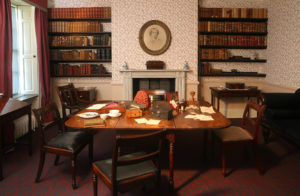
A contemporary reviewer of the novel from Graham’s Lady Magazine wrote: ‘‘How a human being could have attempted such a book as the present without committing suicide before he had finished a dozen chapters, is a mystery. It is a compound of vulgar depravity and unnatural horrors.’’
Despite this, the novel is famed for the love and passion between its two principal characters, Heathcliff and Catherine. And yet, it seems that the author herself, who never married, lived with no experience of romantic love in her life. The 2022 film Emily, starring Emma Mackey, depicts a fictionalised version of her life and conjures up a romantic and physically passionate affair with her father’s assistant curate, William Weightman, suggesting that it was the love she felt for him that inspired her to write the novel.
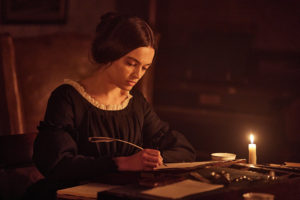
Weightman was in fact a real person, and a renowned flirt. He came to Howarth to serve as Patrick’s assistant curate, and, being apparently very good looking, captured the hearts of the family along the way. There are theories that it was Emily’s sisters Anne and Charlotte who were really in love with him, and there exists a sketch of Weightman believed to be by Charlotte.
The love of Emily’s life was probably her younger sister Anne. A family friend, Ellen Nussey, described the sisters as “like twins – inseparable companions.”
All three sisters were viewed as ‘odd’, but Emily in particular. Reportedly hiding under tables and behind doors as a child, avoiding social interaction, her reservedness continued with her into adulthood and she was known to remain silent in public, even when directly spoken to. Emily’s character has been somewhat smoothed over for the sake of the film, perhaps to explain the storyline of her rather steamy affair with the handsome Weightman.
But, despite her bold, often shocking choice of topics for her novel, Emily, the daughter of a clergyman, was still a Victorian woman living in a strict society dictated by men. The film provides a feminist angle on her life which, although enjoyable and somewhat liberating, is simply not true. Add to this the fact that she was a renowned recluse, and such a steamy affair is out of the question.
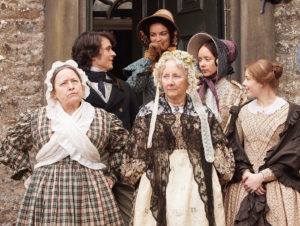
So how did a woman with no experience of love write such a novel? This is where she made her feminist statement to society. Using entirely her own imagination, Emily Brontë, disguised as a man, created a fictional world that shocked the world and inspired novels, poems, songs, essays, and films for years to come. A misunderstood woman in a man’s world who experienced unimaginable hardship; Emily understood what it meant to love. She didn’t need a man to show her.
This is an extract from the February/March 2023 issue of Discover Britain, which will be on sale from 6 January. Get your copy here.
Read more:
Alnwick Castle: an inside tour with the Duke of Northumberland
The best places to visit in Northumberland: a tour of castle country

